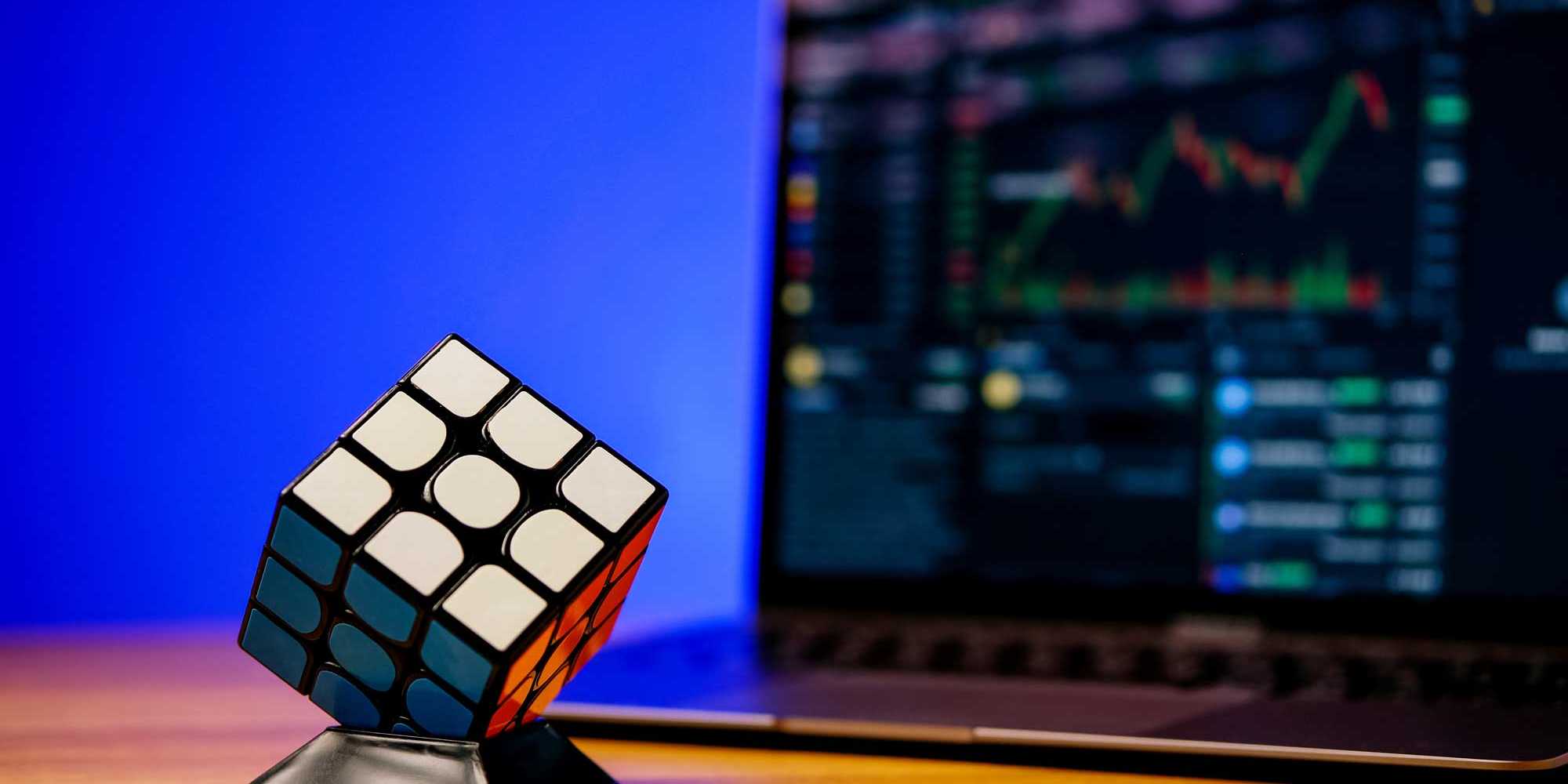ETH Zurich honours the inventor of the Rubik's cube
Next Friday, ETH celebrates two birthdays: the 50th of the famous Rubik's cube and the 80th of its inventor Ernő Rubik. A conference is dedicated to the legacy of the Rubik's cube for architecture, mathematics and Computer Science and to discussing new educational games for artificial intelligence

The Rubik's cube was invented in 1974 by Hungarian civil engineer and architect Ernő Rubik. Since then, it has fascinated millions of people worldwide. On 15 November 2024, ETH Zurich (D-MATH, D-ARCH, D-INFK) will dedicate an afternoon to the Rubik's cube, attended by Ernő Rubik himself.
The Rubik's Cube - also known as the "magic cube" - is still a popular puzzle today. Also the speedcubing community has been growing steadily since 2000. The aim of speedcubing is to return the randomly twisted cube to its original position as quickly as possible so that each side has only one colour.
There are various methods and computer algorithms for solving the Rubik's cube. As a rotating puzzle, the cube is perfect for practising spatial thinking in architecture and engineering or for illustrating AI problems of pattern recognition. The cube proves also useful in maths: each rotation of the cube represents a permutation of the 48 moving faces, and different permutations form a finite group.
Rubik's cube points the way to new educational games

On 15 November at 2 p.m. in the Main Building of ETH Zurich, Ernő Rubik will be joined by an architectural historian from ETH as well as mathematicians and computer scientists from ETH Zurich and the University of Passauto talk about the significance of the Rubik's cube and educational games in architecture, mathematics and AI.
The conference "Educational Games in Architecture, Mathematics and beyond" will present mathematical approaches and algorithms inspired by Rubik's Cube. The discussion will revolve around how the Rubik's Cube can be used to learn algebra and computer algebra or to teach AI. The event will end with a panel discussion on what can be learnt from the Rubik's cube to develop new educational games - or the "cube of the future" - that make AI, maths and economics more accessible.
The conference is being organised by the ETH Department of Mathematics. Parallel to the conference for researchers, specialists and interested parties, there will be a - already fully booked - Rubik's Cube programme with a speedcubing competition for school classes, organised by ETH Zurich, Swisscubing and the Swiss Mathematical Society.
Note on the translation
This text has been translated for your convenience using a machine translation tool. Although reasonable efforts have been made to provide an accurate translation, it may not be perfect. If in doubt, please refer to the German version.
Should you come upon significant translation mistakes, please send a short message to intern-aktuell-news@hk.ethz.ch so that we can correct them. Thank you very much.
Always up to date
Would you like to always receive the most important internal information and news from ETH Zurich? Then subscribe to the "internal news" newsletter and visit Staffnet, the information portal for ETH employees.
Comments
No comments yet